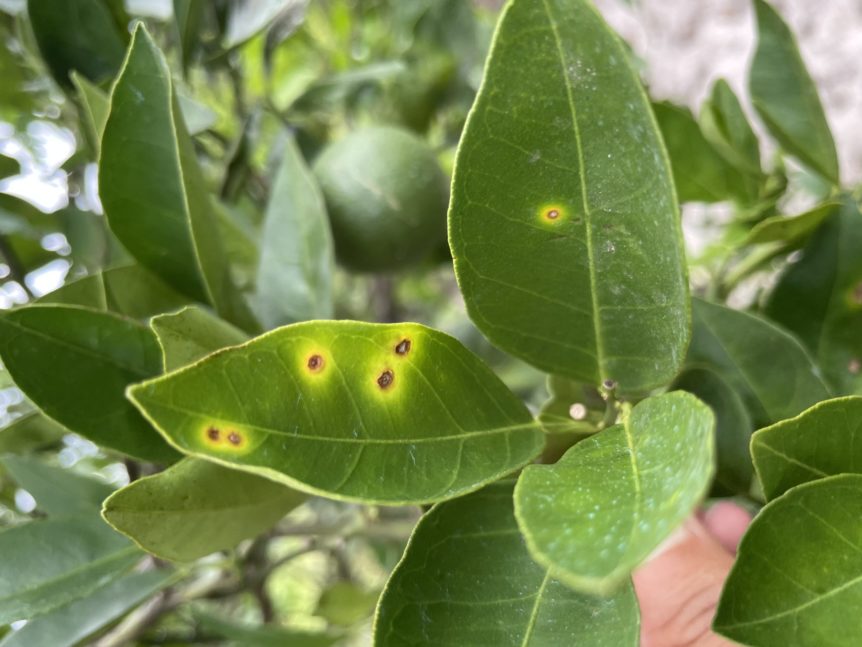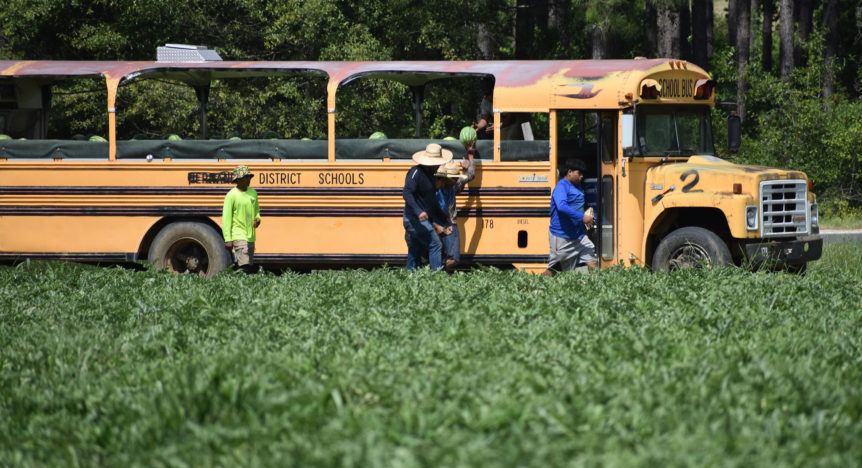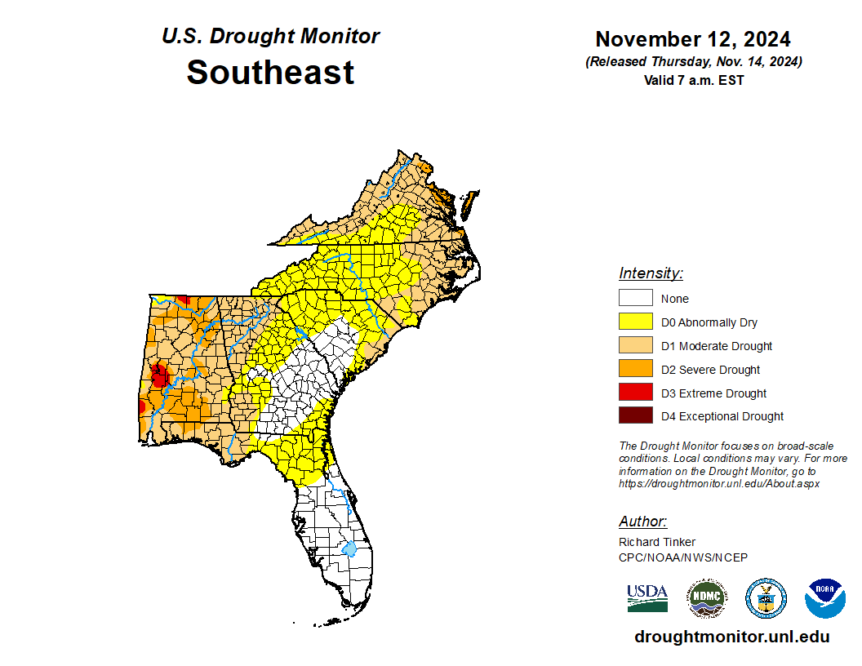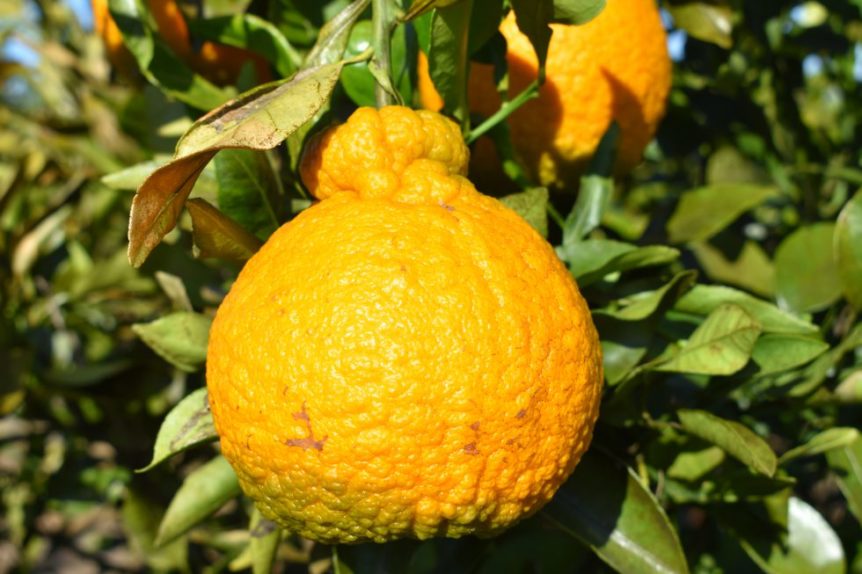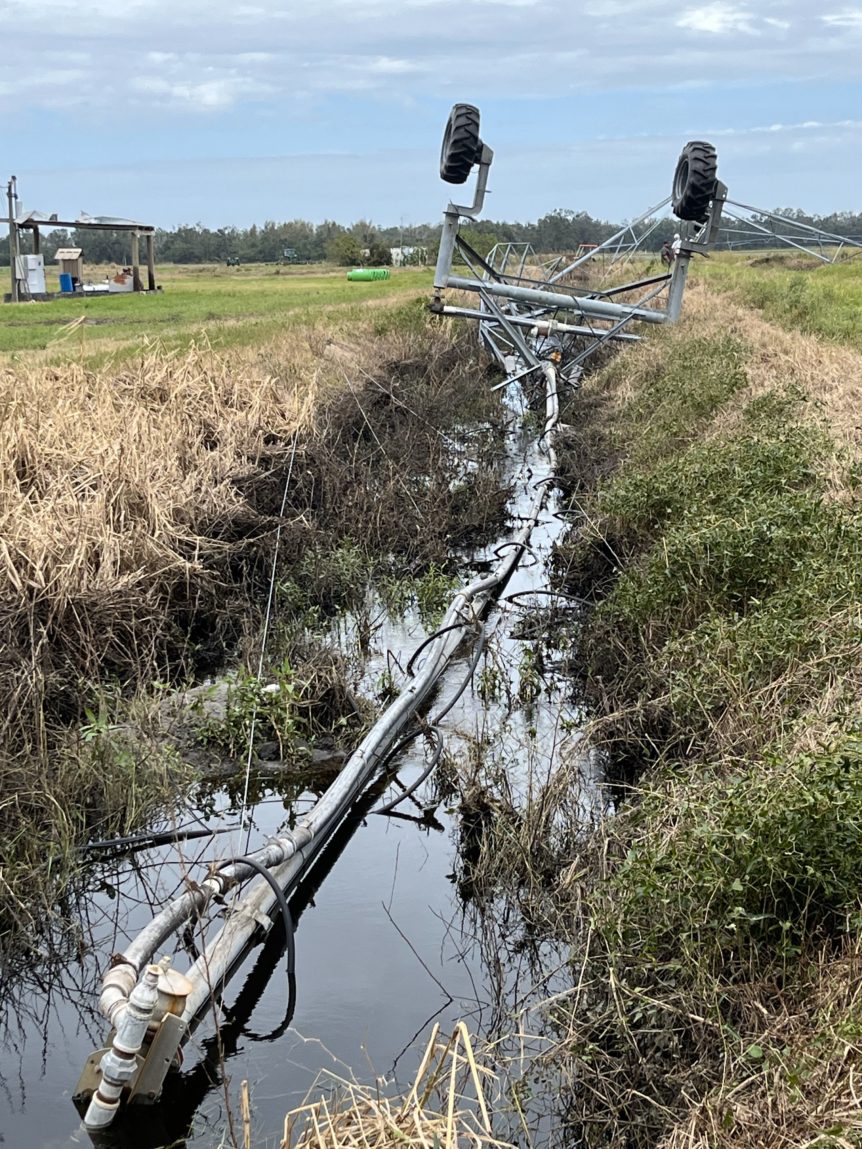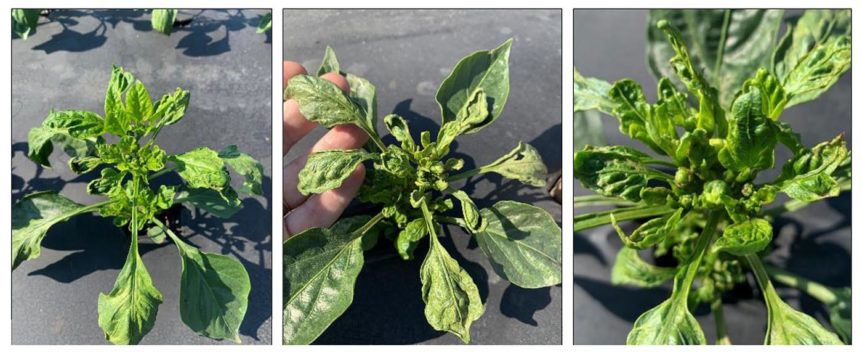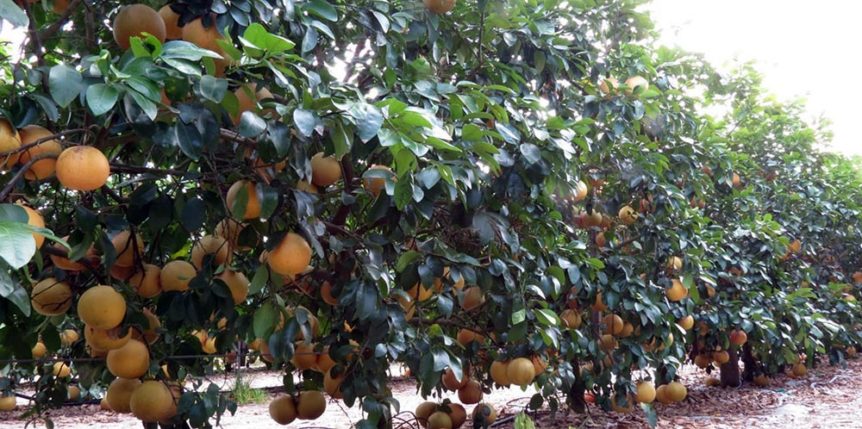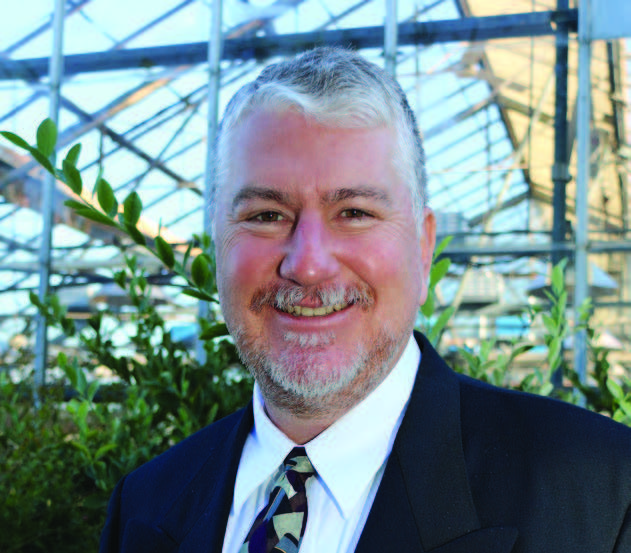Citrus canker has long been a presence and concern for Florida’s citrus growers. Growers in North Florida, South Georgia and South Alabama should be wary of its potential spread into the cold-hardy citrus region. Clive Bock, a research plant pathologist with the U.S. Department of Agriculture, spoke about the disease during the recent Cold-Hardy Citrus Meeting at the University of …
Ag Leaders Disappointed with Increased AEWR
By Clint Thompson Southeast specialty crop producers are once again facing a substantial increase in the Adverse Effect Wage Rate (AEWR) for 2025. Georgia and Alabama are experiencing a 9% increase to $16.08, an increase of $1.40 per hour from the previous rate of $14.68 in 2024. Florida’s new AEWR is estimated to be $16.23, a 10% increase from the …
Drought Worsening in Alabama
Drought conditions are worsening in some parts of the Southeast while improving in others, according to the most recent release of the U.S. Drought Monitor. Extreme drought is starting to show in some counties in Alabama. One area is in North Alabama in Limestone and Madison counties. Another is located in Southwest Alabama in Marengo, Sumter, Greene, Hale, Perry, Dallas …
Shiranui Gaining Popularity in Cold-Hardy Citrus Region
Leaders in the cold-hardy citrus region have long advocated for growers to diversify their crop portfolios. Lindy Savelle, executive director of the Georgia Citrus Association, has wanted citrus producers in North Florida, South Georgia and South Alabama to plant alternatives to satsuma mandarins, which has been the predominant citrus type produced in the region. Diversification helps extend the harvest season. …
Specialty Crop Grower Magazine: 2024 Hurricanes Rock Fruit, Vegetable Producers
By Clint Thompson and Frank Giles The fall of 2024 will not soon be forgotten by specialty crop growers in the Southeast after Hurricanes Helene and Milton roared ashore bringing far-reaching impacts to crops and infrastructure. While the true fallout of the storms will take months to realize, early reports show the level of damage growers are dealing with in …
Specialty Crop Grower Magazine: New Thrips Species Raises Alarm for Vegetable Producers
By Frank Giles Invasive pests are a particular problem for specialty crop growers in the Southeast. Insects find their way through various ports of entry, and the region’s climate is often conducive to their survival and reproduction. A relatively new pest that is on the move and has growers and the research community on notice is Thrips parvispinus. The pest …
CUPS Expensive but Beneficial
The benefits of implementing citrus under protective screen (CUPS) could be major for growers in the cold-hardy region. But they first must overcome the major limiting factor associated with the system — its cost. Arnold Schumann, a professor of soil fertility and water quality at the University of Florida Institute of Food and Agricultural Sciences (UF/IFAS) Citrus Research and Education …
Correct Diagnosis Needed to Differentiate Phytophthora From Neopestalotiopsis
By Clint Thompson Strawberry production is underway across the Southeast. Though much of the region is in the midst of prolonged dry conditions, disease management figures to play a pivotal role for growers in Florida, Georgia and Alabama. One disease that producers need to be mindful of is phytophthora. Amid the overwhelming concerns farmers had about neopestalotiopsis prior to planting …
Sneak Peek: November 2024 Specialty Crop Grower Magazine
The November issue of Specialty Crop Grower Magazine highlights the impacts of Hurricane Helene and Hurricane Milton on specialty crop production in Florida, Georgia, South Carolina and North Carolina. The two storms, separated by less than two weeks, devastated fruit and vegetable crops in Southeast Georgia, the Carolinas and most of Florida. Helene caused an economic impact of $6.46 billion …
Herbicide Plus Fertilizer Equals Fewer Weeds, More Tomatoes
A combination of herbicide and fertilizer can prevent nutsedge from impacting tomatoes, according to University of Florida Institute of Food and Agricultural Sciences (UF/IFAS). That should mean more of the vegetable going to the grocery store and your kitchen. An increase or decrease in tomato production is critical because it’s a $400 million-a-year industry in Florida. Growers want to control …










